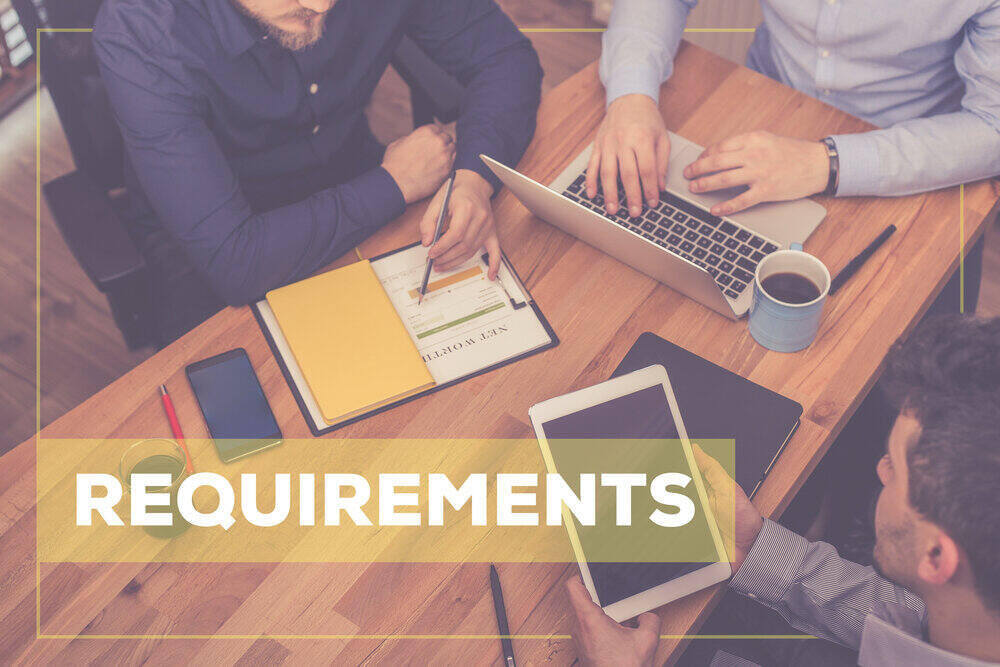Smarter Employee Benefits Planning for Sustainable Workforce Success

For modern businesses, success is no longer measured by profits alone. The way a company supports and values its employees especially through thoughtful benefits planning has become a vital part of how organizations grow, attract talent, and retain key personnel. Expert services like https://employeebenefitsplanning.net/ help companies build and manage employee benefits plans that support organizational goals and long-term employee well-being.
Benefits Matter More Than Ever
Today’s employees expect more from their employers. Basic salary is no longer enough healthcare, retirement planning, mental health support, and flexibility are increasingly important. Employee benefits are one of the top considerations for candidates evaluating job offers and for current employees deciding whether to stay with their employer.
When implemented correctly, a strong benefits program not only improves retention but also boosts morale, reduces burnout, and promotes a healthy and engaged workplace culture.
Why Strategic Planning Is Crucial
Benefits should never be treated as a checkbox task during annual reviews. Strategic planning allows businesses to understand what their workforce values most, analyze costs, and create long-term roadmaps for improvement. Organizations should consider employee demographics, financial limitations, and emerging trends when building or updating benefits programs.
Rather than applying a one-size-fits-all model, benefits should be customized and adaptable, ensuring employees receive relevant support at every stage of their careers.
Compliance Builds Confidence
Compliance with labor laws and regulations is a fundamental aspect of any benefits program. Employers need to stay updated on requirements under the Affordable Care Act (ACA), Family and Medical Leave Act (FMLA), and other relevant federal and state laws.

Technology Is Transforming Benefits Administration
Digital solutions have become essential in managing employee benefits. Platforms that automate enrollment, store documents, and deliver real-time analytics allow HR professionals to manage tasks more efficiently while gaining insight into employee behavior and satisfaction.
Technology makes it possible to deliver personalized benefits experiences, helping employees understand and select options that fit their individual needs. This, in turn, increases utilization and appreciation of the benefits offered.
Holistic Wellness Programs Are Essential
Employee well-being now includes much more than just physical health. Emotional, mental, and financial wellness all play a role in overall performance and happiness at work. More employers are introducing initiatives like therapy access, financial coaching, meditation sessions, and fitness reimbursements.
Supporting well-being can lead to fewer sick days, improved focus, and greater loyalty from employees. A culture of care begins with a commitment to holistic support, not just traditional insurance offerings.
Retirement Planning Adds Long-Term Value
A secure future is important to every employee. Retirement benefits, including 401(k) plans and employer matching programs, remain essential components of a competitive benefits package. Equally important is providing employees with resources to understand and manage their retirement options.
Offering financial literacy programs and tools allows employees to better prepare for the future, enhancing their confidence in both their finances and their employer.
The Power of Workplace Flexibility
Flexibility in where, when, and how employees work has become one of the most sought-after benefits. Companies that offer hybrid work, flexible schedules, or remote-first models demonstrate an understanding of today’s work-life balance challenges.
This flexibility leads to higher job satisfaction, wider talent pools, and reduced turnover. Businesses that fail to adapt to flexible working models risk losing valuable talent to more accommodating competitors.
Educating Employees About Their Benefits
Even the most generous benefits package can be underutilized if employees don’t understand it. Communication is essential from onboarding and open enrollment to regular updates about available resources.
HR teams should use varied communication methods to explain plan details, answer questions, and provide support. When employees are well-informed, they’re more likely to engage with the benefits provided and feel appreciated by their employer.

Conclusion
Effective employee benefits planning is not just a responsibility it’s a strategic opportunity. Companies that prioritize meaningful, compliant, and flexible benefits programs build stronger, more resilient workforces. By leveraging technology, listening to employee needs, and focusing on long-term value, businesses can offer benefits that support both people and performance. With the right approach and guidance, benefits planning becomes a powerful driver of organizational success.

